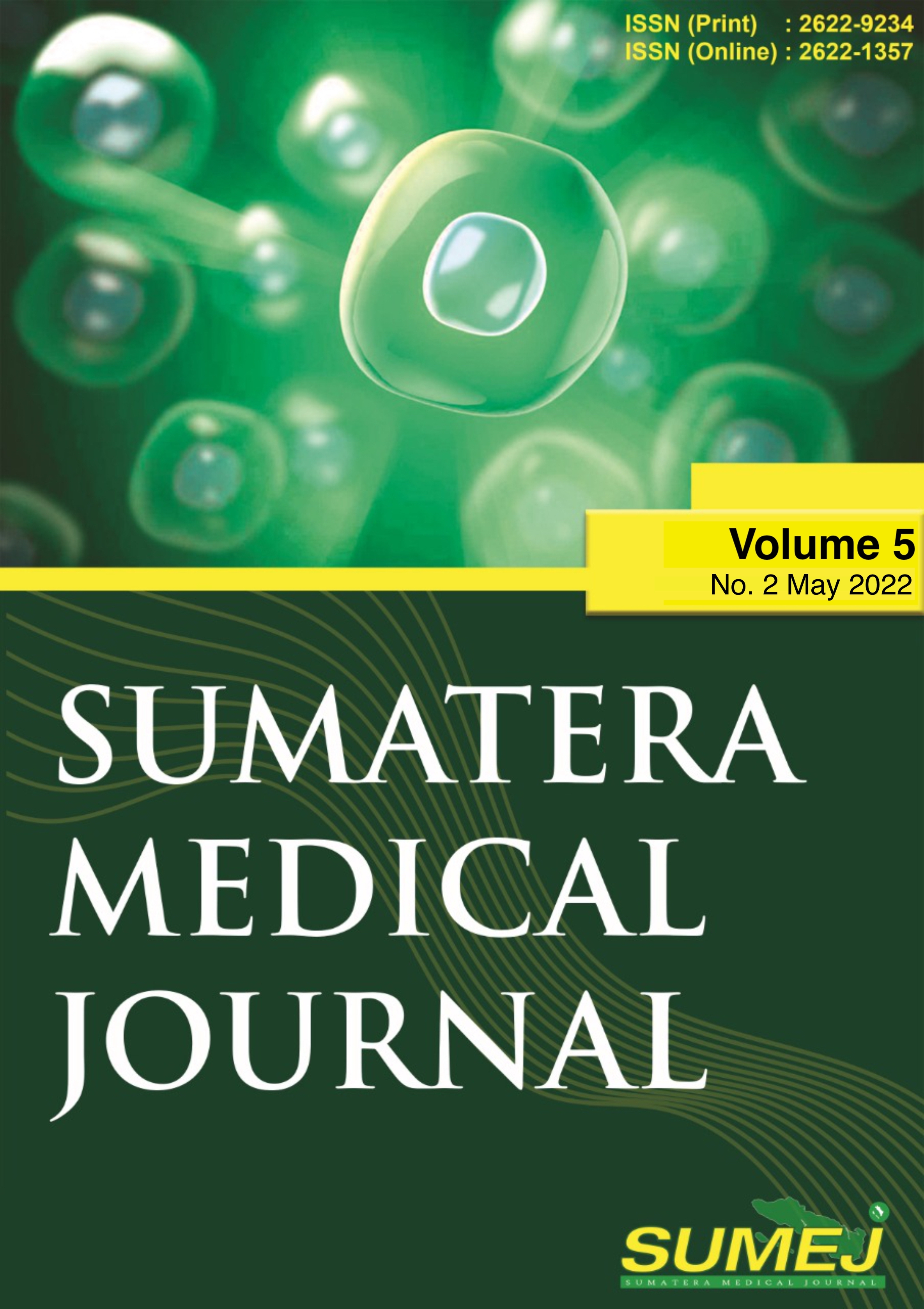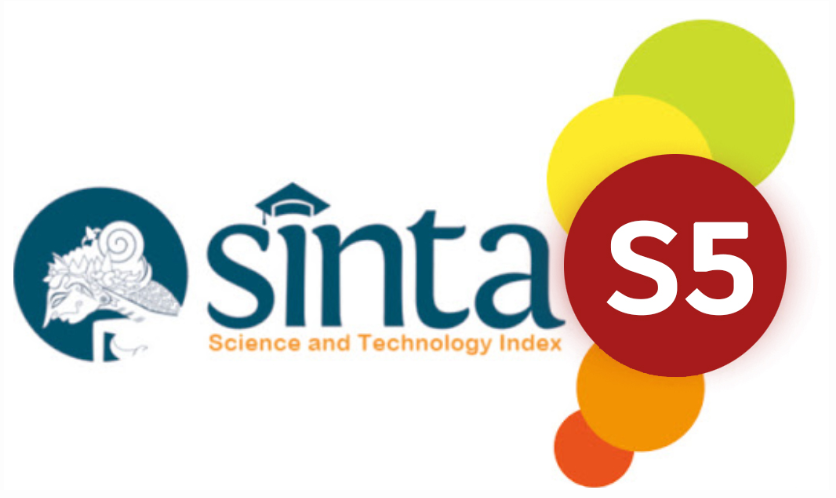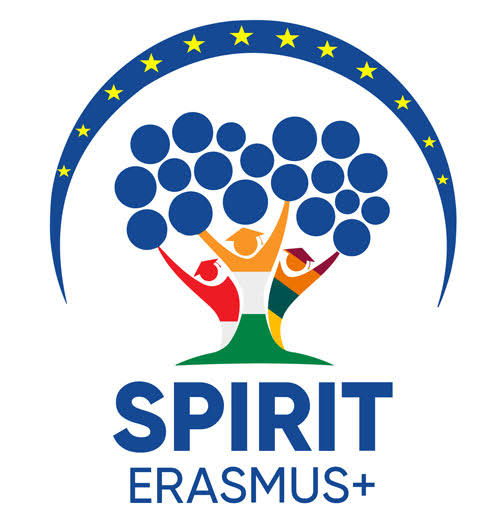Comparison of Assessment of Abbreviated Burn Severity Index (Absi) and Belgian Outcome of Burn Injury (BOBI) at H. Adam Malik General Hospital
DOI:
https://doi.org/10.32734/sumej.v5i2.8966Keywords:
ABSI, BOBI, Length of stay, MortalityAbstract
Background: Assessment of length of stay and mortality in patients with burn injuries is essential to support clinicians in making clinical decisions. In Indonesia, there are several scoring systems used by hospital centers to assess the mortality of burn patients, such as the Belgian Outcome of Burn Injury (BOBI) and the Abbreviated Burn Severity Index (ABSI). However, different results were obtained in studies that examined the comparison of the results of the scoring system.
Method: The type of research used in this research is unpaired comparative analysis research using a cross-sectional design. The data to be used is secondary data taken from medical records.
Results: Respondents with death status were found in the serious, severe, and maximum ABSI categories, p=0.001 (p<0.05) and the BOBI 50% category as many as three people and 85% as many as one person, p=0.0001 (0<0.05). Length of stay based on the ABSI score for the length of stay was 23 days with an ABSI score of 12-13 (maximum), and based on the BOBI Score, the majority was 28 days with a BOBI score of 8 (85%). ABSI in this study had a sensitivity of 100% and a specificity of 86.4%, while the use of BOBI in this study had a sensitivity of 100% and a specificity of 88.1%.
Discussion: The BOBI scoring system is more accurate than the ABSI. This difference may occur due to differences in demographics and quality of service in each region. Therefore, the analysis of the validity of the scoring model before the research is carried out in a new population is considered crucial to be carried out.
Downloads
References
References
Addison P. Plastic surgery including common skin and subcutaneous lesions. In: Principles and Practice of Surgery, 7th edition, Chapter 18, Garden JO, eds. Edinburgh: Elsevier, 2018, 301-25
American Burn Association. National Burn Repository 2019 Update, Report of data from 2009–2018 ameriburn.site-ym.com https://ameriburn.site-ym. com/store/ViewProduct.aspx?id=14191872.
American College of Surgeons. Thermal Injury. In: Advanced Trauma Life Support (ATLS) Tenth Edition. Chicago, 2018. 9, 169-185.
Anami EHT, Zampar EF, Tanita MT, Cardoso LTQ, Matsuo T, Grion CMC, Treatment cost of burn victims in a university hospital. Burns 2017;43:350-356.
Angulo, M., Aramendi, I., Cabrera, J. and Burghi, G. (2020) “Mortality analysis of adult burn patients in Uruguay,†Revista Brasileira de Therapy Intensiva, 32(1), pp. 43–48. doi:10.5935/0103-507X.20200008.
Boissin, C., Wallis, LA, Kleintjes, W. and Laflamme, L. (2019) “Admission factors associated with the in-hospital mortality of burns patients in resource-constrained settings: A two-year retrospective investigation in a South African adult burns centre,†Burns, 45(6), pp. 1462–1470. doi:10.1016/j.burns.2019.03.005.
Herlianita, R., Purwanto, E., Wahyuningsih, I. and Pratiwi, ID (2021) “Clinical outcome and comparison of burn injury scoring systems in burn patient in Indonesia,†African Journal of Emergency Medicine, 11(3), pp . 331–334. doi:10.1016/j.afjem.2021.04.005.
Herlianita, R., Purwanto, E., Wahyuningsih, I., & Pratiwi, ID 2021. Clinical outcome and comparison of burn injury scoring systems in burn patient in Indonesia. African Journal of Emergency Medicine, 11(3), 331-334.
Hu L., Wang B., Hong Y., Xu L., Jiang Y., Wng C., et al. 2020. Admission neutrophil-lymphocyte ratio (NLR) predicts survival in patients with extensive burns, Burns, 1-7.
Jeschke MG, Pinto R, Costford SR, Amini-Nik S. 2016. Threshold age and burn size associated with poor outcomes in the elderly after burn injury. Burns. 42(2):276 –81.
Jeschke MG, Pinto R, Kraft R, Nathens AB, Finnerty CC, Gamelli RL. 2015. Morbidity and survival probability in burn patients in modern burn care. Crit Care Med;43:808-15.
Jeschke MG., Patsouris D., Stanojcic M., Abdullahi A., Rehou S., Pinto R., et al. 2015. Pathophysiologic response to burns in the elderly. EBioMedicine.;2(10):1536 –48
Jeschke, MG Postburn hypermetabolism: past, present, and future. 2016. J. Burn Care Res. 37, 86–96
Jeschke, MG, van Baar, ME, Choudhry, MA, Chung, KK, Gibran, NS, & Logsetty, S. 2020. Burn injury. Nature Reviews Disease Primers, 6(1), 1-25.
Kaisheva., Emiliya Mihaylova., Radoynova., Dobrinka., Zayakova., Yolanda. 2018. Possibilities for more accurate prediction of thermal injury severity and determination of its impact on the body using the Abbreviated Burn Severity Index. Scripta Scientifica Medica, 50.3:9-14.
Kaita, Y., Tarui, T., Tanaka, Y., Suzuki, J., Yoshikawa, K., & Yamaguchi, Y. 2020. Reevaluation for prognostic value of prognostic burn index in severe burn patients. Acute Medicine & Surgery, 7(1), e499.
Karlie, J. and Wardhana, A., 2017. External Validation of Belgian Outcome of Burn Injury Score on Burned Patient In Burn Unit dr. Cipto Mangunkusumo General Hospital. The New Ropanasuri Journal of Surgery, 2(1), p.3.
Knowlin, L., Stanford, L., Moore, D., Cairns, B. and Charles, A. (2016) "The measured effect magnitude of comorbidities on burn injury mortality," Burns, 42(7), pp. . 1433–1438. doi:10.1016/j.burns.2016.03.007.
Lachiewicz, AM, Hauck, CG, Weber, DJ, Cairns, BA & van Duin, D. 2017. Bacterial infections after burn injuries: impact of multidrug resistance. Clin. infected. Dec. 65, 2130–2136.
Lam, NN, Duc, NM and Hung, TD (2020) “Characteristics and Gender Influence on Outcomes of Burns in Adolescents,†Annals of Burns and Fire Disasters, 3(3).
Lee Raphael C., Teven Chad M. Acute Management of Burn and Electrical Trauma.. 2018. In: Plastic Surgery Volume 4: Lower Extremity, Trunk and Burns Fourth Edition. USA: Elsevier. 18, 392-423.
Rahmani, F, Rahmani, Farzad, Jamali, F., Vayghan, BM and Ebrahimi Bakhtavar, H. (2021) Comparison of ABSI and Full-Thickness Burns Indexes in the Prediction of Hospital Mortality in Burn Patients, Acta Med Iran.
Rech, MA, PharmD., Moiser Mj., McConkey K., Zelisko S., Netzer G., et al. 2019. Outcomes in burn-injured patients who develop sepsis. J. Burn Care Res. 40, 269–273.
Rowan, MP 2015. Burn wound healing and treatment: review and advancements. Crit. Care 19. This article provides a comprehensive description of cytokine storm after Burn and other traumatic injuries.
Sidossis, LS Porter C., Nerve MK, Borsheim E., Radhakrishnan RS, Chao T., et al. 2015. Browning of subcutaneous white adipose tissue in humans after severe adrenergic stress. Cell Metab. 22, 219–227.
Singer M., Deutschman CS, Seymour CW, Hari MS, Annane D., Bauer M., et al. 2016. The Third International Consensus Definitions for Sepsis and Septic Shock (Sepsis-3). JAMA 315, 801–810.
Smolle C, Cambiaso-Daniel J, Forbes AA, Wurzer P, Hundeshagen G, Branski LK, et al. 2017. Recent trends in burn epidemiology worldwide: a systematic review. Burns ;43:249-57.
Woods JF, Quinlan CS, Shelley OP. 2016. Predicting mortality in severe burns-what is the score? Evaluation and comparison of 4 mortality prediction scores in an Irish population. Plast 61 Reconstr Surg Glob Open ;4(1):e606.
World Health Organization. Global health estimates 2016: deaths by cause, age, sex, by country and by region.
Yamamoto, R., Toyosaki, M., Kurihara, T. and Sasaki, J. (2020) “Length of hospital stay and mortality associated with burns from assault: a retrospective study with inverse probability weighting analysis,†Burns & Trauma, 8 .doi:10.1093/burnst/tkaa001.
Yoshimura, Y., Saitoh, D., Yamada, K., Nakamura, T., Terayama, T., Ikeuchi, H., Sasaki, J. and Nemoto, M. 2020. Comparison of prognostic models for burn patients: A retrospective nationwide registry study. Burns, 46(8), pp. 1746-55.
Downloads
Published
How to Cite
Issue
Section
License
Copyright (c) 2022 Sumatera Medical Journal

This work is licensed under a Creative Commons Attribution-NonCommercial-NoDerivatives 4.0 International License.
The Authors submitting a manuscript do so on the understanding that if accepted for publication, copyright of the article shall be assigned to Sumatera Medical Journal (SUMEJ) and Faculty of Medicine as well as TALENTA Publisher Universitas Sumatera Utara as publisher of the journal.
Copyright encompasses exclusive rights to reproduce and deliver the article in all form and media. The reproduction of any part of this journal, its storage in databases and its transmission by any form or media, will be allowed only with a written permission from Sumatera Medical Journal (SUMEJ).
The Copyright Transfer Form can be downloaded here.
The copyright form should be signed originally and sent to the Editorial Office in the form of original mail or scanned document.











